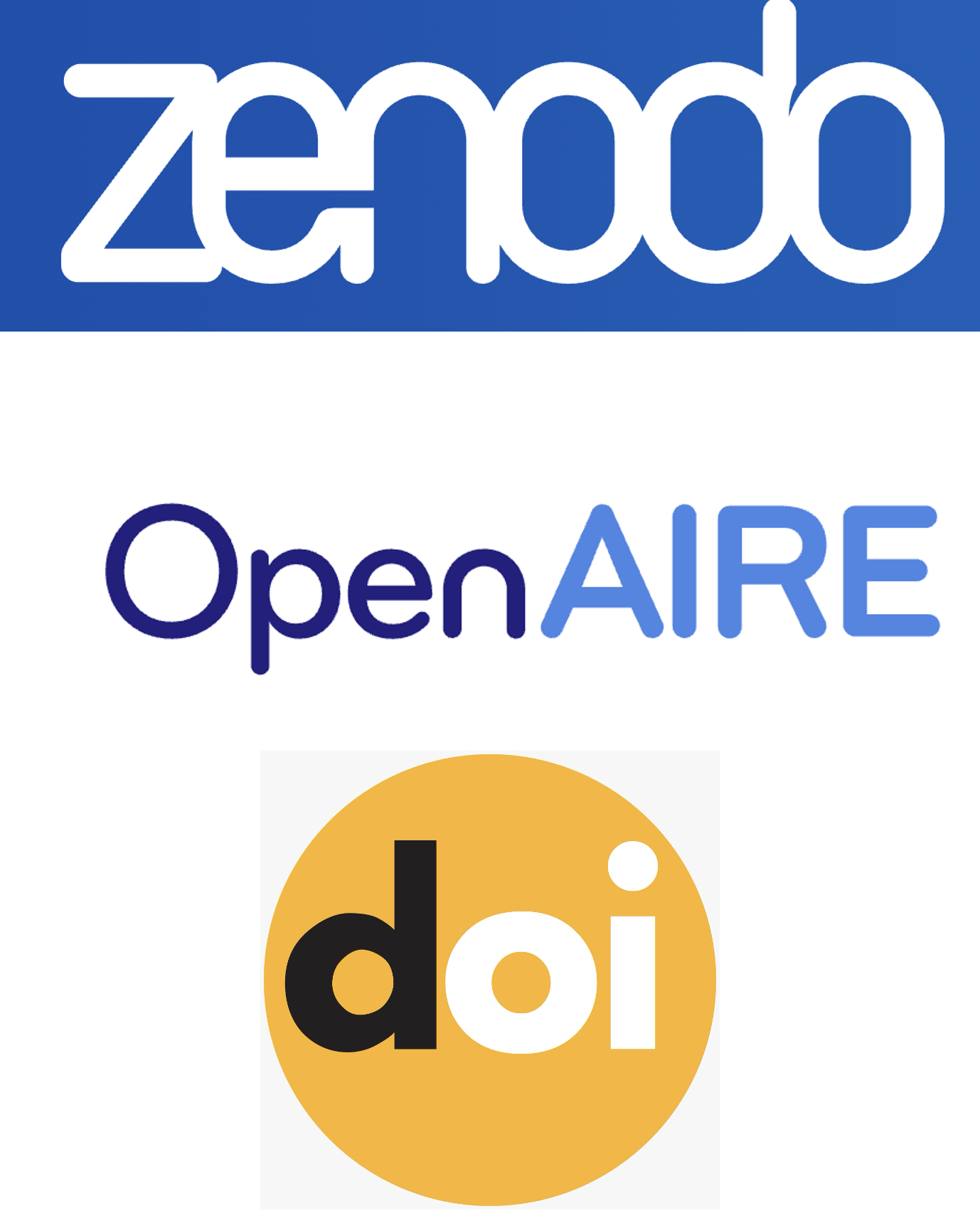Effective Analgesia with Erector Spinae Plane Block in a 3-Year-Old Patient Undergoing Thoracotomy: A Case Report
ESPB in a pediatric patient undergoing thoracotomy.
Keywords:
Erector spinae plane block; pediatric surgery; postoperative pain; thoracotomy.Abstract
Introduction:
Thoracotomy is associated with significant postoperative pain in pediatric patients. Inadequately managed postoperative pain can lead to complications such as atelectasis and pneumonia due to impaired deep breathing and coughing, and insufficient analgesia within the first 24 hours may increase the risk of developing chronic pain. We present a pediatric patient who underwent thoracotomy and whose postoperative pain was managed with an erector spinae plane block (ESPB).
Case Presentation:
After obtaining informed consent from the patient's parents, the patient was taken to the operating room, where standard monitoring was applied. Anesthesia was induced with 2 mg/kg propofol, 1 μg/kg remifentanil, and 0.5 mg/kg rocuronium. Two minutes after induction, the patient was intubated with a 4 mm internal diameter endotracheal tube.
At the end of the 120-minute surgical procedure, ultrasound guidance was used to identify the erector spinae muscle and transverse processes at the T5 thoracic vertebral level. Using the in-plane technique in a cranio-caudal direction, 10 mL of 0.25% bupivacaine was injected into the fascial plane between the erector spinae muscle and the transverse process.
At the second postoperative hour, the patient was awake and cooperative; the FLACC (Face, Legs, Activity, Cry, Consolability) pain score was recorded as 1.
Discussion:
Postoperative pain management following thoracotomy is most commonly achieved using thoracic epidural or paravertebral catheters; however, both techniques carry significant risks and are technically challenging to perform in pediatric patients.
Conclusion:
This case suggests that the erector spinae plane block (ESPB) may be an effective analgesic technique in pediatric thoracic surgeries.
References
References
1. Jairajpuri ZS, Jetley S, Hassan MJ, Hussain M. Hydatid disease in childhood: revisited report of an interesting case. J Parasit Dis. 2012;36(2):265–268.
2. Aydin Y, Ulas AB, Ahmed AG, Eroglu A. Pulmonary hydatid cyst in children and adults: diagnosis and management. Eurasian J Med. 2022;54(Suppl 1):133–140.
3. Walker SM. Pain after surgery in children: clinical recommendations. Curr Opin Anaesthesiol. 2015;28(5):570–576.
4. Tobias JD. Regional anesthesia in infants and children. Paediatr Anaesth. 2012;22(1):1–2.
5. Forero M, Adhikary SD, Lopez H, Tsui C, Chin KJ. The erector spinae plane block: a novel analgesic technique in thoracic neuropathic pain. Reg Anesth Pain Med. 2016;41(5):621–627.
6. Aksu C, Gürkan Y. Ultrasound guided erector spinae block for postoperative analgesia in pediatric renal surgery. J Clin Anesth. 2018;45:35–36.
7. De Cassai A, Bonvicini D, Correale C, Sandei L, Pettenuzzo T, Correale L. Continuous erector spinae plane block for thoracic surgery in a pediatric patient. J Clin Anesth. 2018;46:109–110.
8. Ueshima H, Otake H. Clinical experiences of erector spinae plane block for children. J Clin Anesth. 2018;44:41.
9. Tomaszek L, Fenikowski D, Cież-Piekarczyk N, Mędrzycka-Dąbrowska W. Maximum pain at rest in pediatric patients undergoing elective thoracic surgery and the predictors of moderate-to-severe pain: secondary data analysis. J Clin Med. 2024;13(3):844.
10. Muñoz F, Cubillos J, Bonilla AJ, Chin KJ. Erector spinae plane block for postoperative analgesia in pediatric oncological thoracic surgery. Can J Anaesth. 2017;64(8):880–882.
11. Lucente M, Ragonesi G, Sanguigni M, Sbaraglia F, Vergari A, Lamacchia R, et al. Erector spinae plane block in children: a narrative review. Korean J Anesthesiol. 2022;75(6):473–486.
12. Patel NV, Glover C, Adler AC. Erector spinae plane catheter for postoperative analgesia after thoracotomy in a pediatric patient: a case report. A A Pract. 2019;12(9):299–301.
13. Çiftçi B, Ekinci M. Ultrasound-guided single shot preemptive erector spinae plane block for thoracic surgery in a pediatric patient. Agri. 2020;32(1):58–59.
Downloads
Published
How to Cite
Issue
Section
License
Copyright (c) 2025 hakan kardaş, Mahmut Alp Karahan, veysi yazar, mehmet baki bilsel, ramazan aslanparçası

This work is licensed under a Creative Commons Attribution 4.0 International License.






